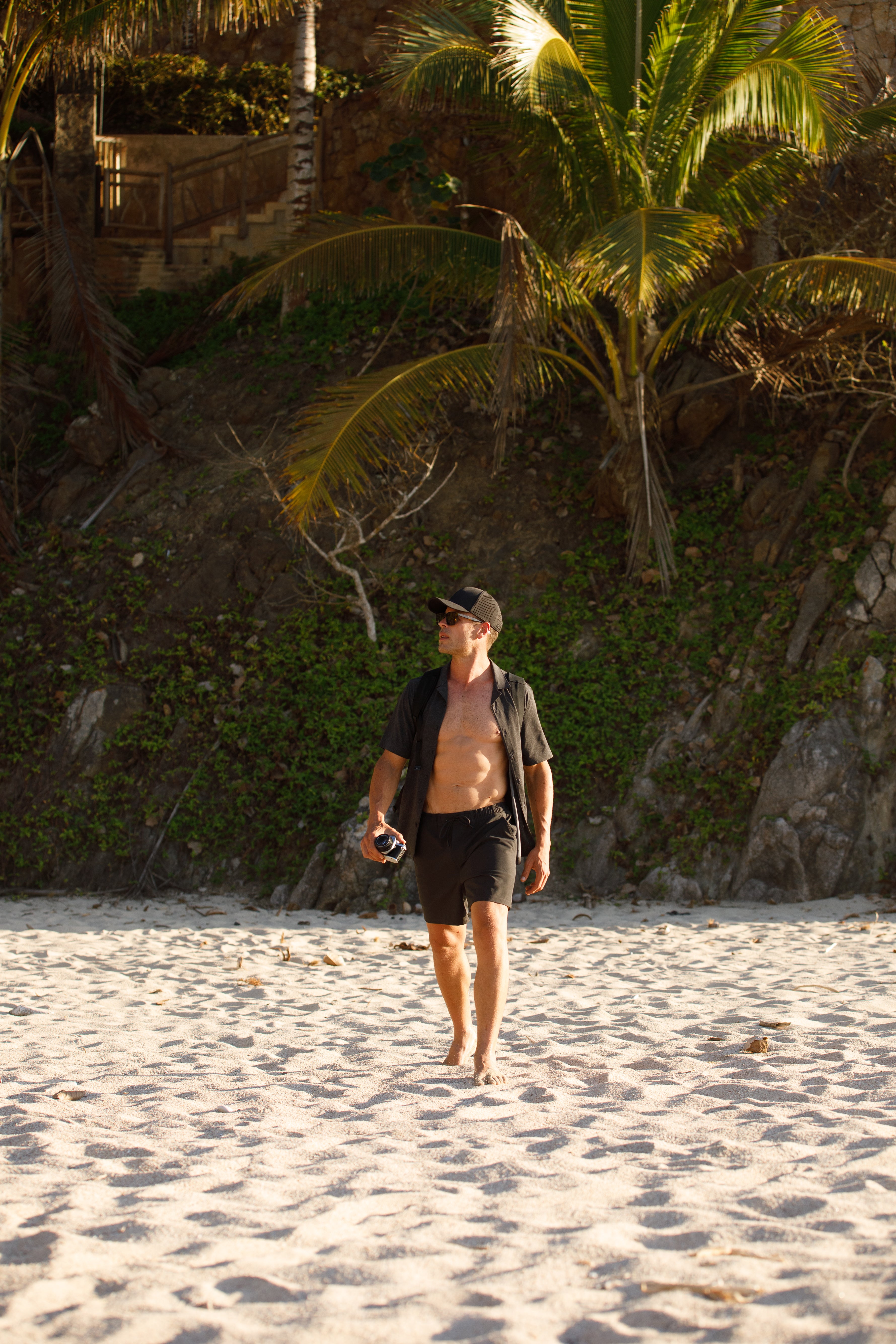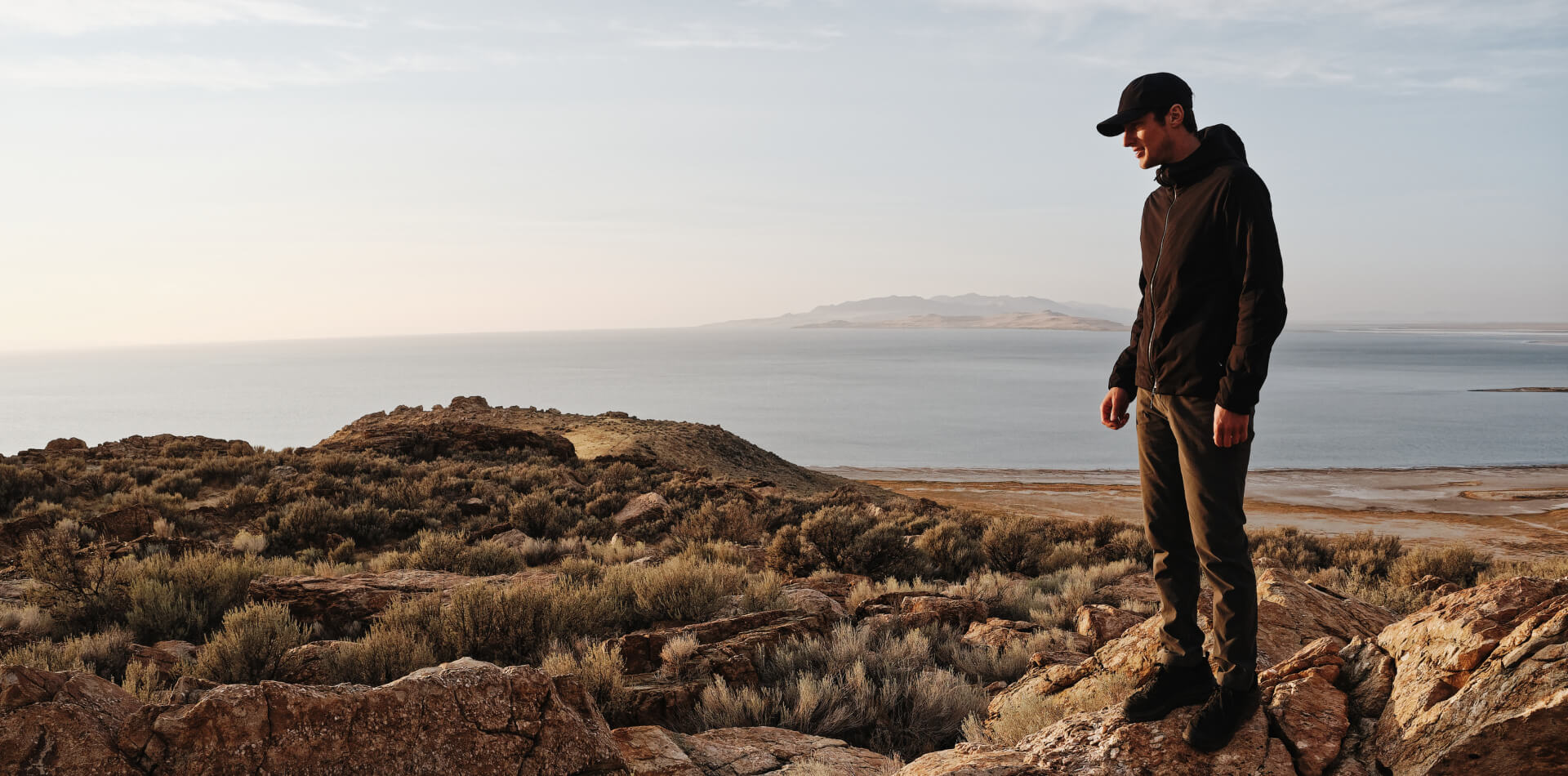
The Spring Break Packing List You Didn’t Know You Needed
Spring break is just around the corner, and we’re here to make sure you pack like a pro—no more overstuffed bags or missing essentials. It’s not just for students—whether you’re in need of some ser...

Does Merino Wool Shrink? How to Wash It Without Ruining It
Merino wool is the MVP of travel clothing—lightweight, breathable, odor-resistant, and stupidly comfortable. But let’s be real, nobody wants to drop serious cash on a quality merino tee only to hav...

The Only Backpacking Essentials You Actually Need
We’ve all been there—standing in front of an open backpack, wondering if we really need that extra pair of socks or if we’re about to make the rookie mistake of overpacking (spoiler: we probably ar...

What to Wear in Morocco as a Man (So You Don’t Look Lost)
If there’s one thing we’ve learned about packing for Morocco, it’s this: comfort and culture can coexist. You don’t need to dress like a local to fit in, but you also don’t want to look like a walk...

Linen vs Cotton: Gear Up for Comfort and Adventure
Linen and cotton are two of the most beloved natural fabrics, each with its own strengths when it comes to comfort, durability, and climate adaptability. Whether you're looking for a breezy summer ...

A Guide to Men’s Pants Types: Find Your Perfect Match
Building a wardrobe that works as hard as you do starts with the right foundation—and by that, we mean pants. From laid-back chinos to rugged denim, the different types of men's pants are like tool...

Japan’s Streets Are Calling: Here’s What Men Should Wear
Japan has become the ultimate destination on everyone’s travel radar. With its electric cities, tranquil countryside, and a culture so rich it practically spills out of every corner, it’s no wonder...

What to Pack for Jamaica: Your Guide to Island Vibes
Heading to Jamaica soon—or just starting to plan? Either way, you’re in for a trip filled with sunshine, reggae vibes, and unforgettable adventures. Whether you’re strolling through lush jungles or...

2024’s Travel Highlights: Top Picks by Western Rise
Before we fully gear up for 2025, let’s take a moment to reflect on the gear, style, and stories that defined your year with Western Rise. From groundbreaking fabric innovations to stories that ins...

Packing for Puerto Rico? Here’s What to Wear for Men’s Adventure
Heading to Puerto Rico for the holidays? Lucky you! Whether you're ringing in Christmas or celebrating the New Year on the island, you're in for a treat. We’re all about the laid-back vibe with a t...






